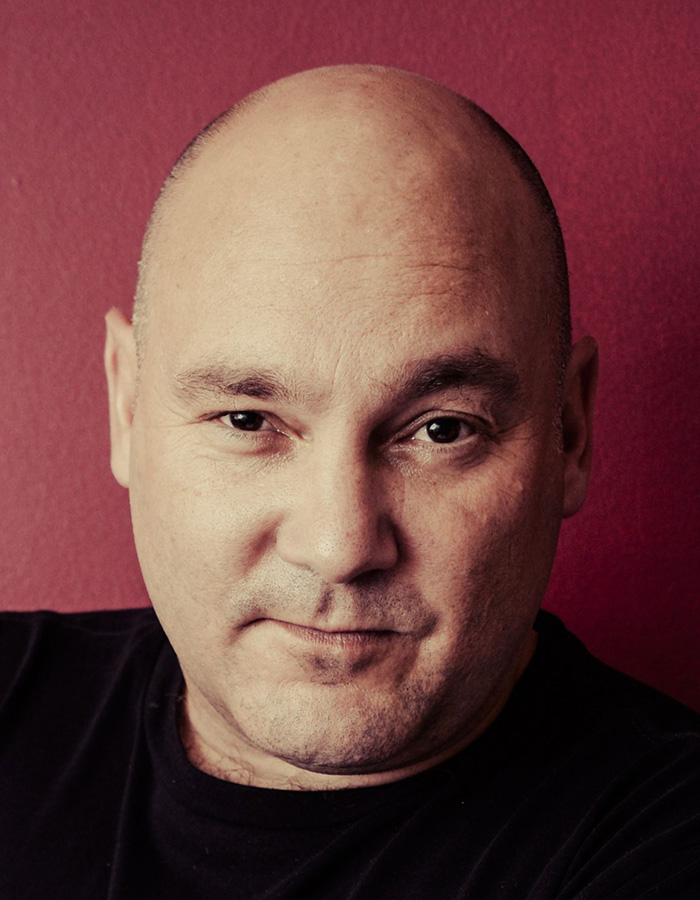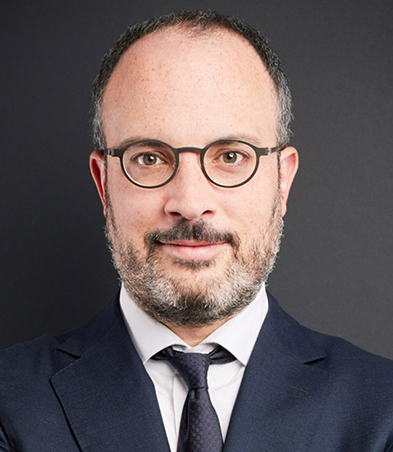
Interview with Francois van Dyk, Head of Operations at Ornico Group in South Africa
Hi Francois, what is your background and what is included in your current role at Ornico Group?
I studied, taught and worked in Public Relations – having a passion for the journalism, advertising and marketing fields. In my role as Head: Operations at Ornico, I am blessed to work not only in the journalism and PR fields, but also in advertising and social media. I oversee all the Ornico divisions which monitor and analyses editorial, advertising and social media content across various platforms such as TV, radio, outdoor, online, social, print, mobile and even direct marketing. I also serve on AMEC’s Education Committee as well as the IAB South Africa’s Measurement Council.
What do you see as the greatest challenges ahead for Ornico Group when it comes to serving your customers monitoring and analysis and in developing your offer?
The fragmentation of the media space is an obvious challenge as you need to access far more data sources. However the true challenge will come from a data integration perspective – and this includes the client data. To make true sense of data, one will need to integrate media and customer, financial, employee and a myriad of other data in a sensible way. Customers interact with brands across many touch points, not just the media space, and great insights become possible if these disparate data can be combined and analyzed.
Why did you choose to expand your business to Nigeria and Kenya, countries that are quite remote from South Africa?
As our South African clients started expanding their businesses to the rest of the African continent, it was a natural fit for us to move with them as we could provide them with the same services. Kenya is obviously a major player in East Africa, and Nigeria in West Africa, so it makes sense to establish a presence in these regions. Despite tough global economic conditions, a lot of opportunities remain in Africa.
Do you have any specific plans to expand your business in the near future, like opening new markets or offering new products?
We are continuously building relationships across the world with other industry players through our FIBEP and AMEC partnerships, so this has proved very valuable. From a geographical perspective, we will be focusing on this – depending on client demand obviously. We are, however, continuously trying to innovate and improve the client experience so innovative functionalities and services always remain a priority.
All clients have different levels of understanding how media can be analyzed; what is the most common misconception that your clients have?
Though we are working hard to educate clients about the best practices, such as AMEC’s Barcelona Principles, you do find that some are still only interested in AVEs (Advertising Value Equivalents). It astounds me that anyone would be looking at these “values,” as they are fundamentally flawed and wrong. It pains me personally because this behavior by some public relations practitioners is actually very damaging to an industry I am very passionate about.
What is the current situation for licensing content for media monitoring in South Africa? Is the agreement between SAMMA and DALRO still in effect, and does it cover all aspects?
The agreement between DALRO and SAMMA is still in place, although there are negotiations to update it. SAMMA members are very happy to have a central organization to deal with when it comes to copyright fees, but everyone believes a lot more can be done to make membership, payments, distribution and value more streamlined and comprehensive.
Are there specific or typical needs in the South African market for media intelligence that you think differs from the rest of the region, or the world in general?
Our markets are relatively the same as the rest of the world. Our biggest challenge is really to keep services very cost effective as our clients generally do not have the budgets a lot of the international brands have.
Which social platforms are the most important to your clients, and which ones do you see having the most potential in the future when it comes to gathering relevant information for your customers?
Twitter, Facebook, Instagram and YouTube are the main social platforms, while there is a great demand for LinkedIn information as well. Facebook, due to its global dominance, will obviously remain very important. Snapchat and other smaller channels have seen very little local adoption at this stage, so it remains to be seen what influence they will have in the African markets. Whatsapp, Wechat and other messaging services are also hugely popular. As social channels tighten access to data due to privacy legislation and their own commercial interests, I suspect it will become a far bigger challenge for brands to gain independent insights.
What kind of data that would help you get better analysis is the hardest to get hold of?
There is obviously a massive amount of data being created – and not all of it is confined in the media space. For proper measurement and evaluation to be conducted, we will need access to a far wider amount of data, and not just from the media space. Clients sit with masses of internal data, whether it is CRM data, sales figures, expenses, marketing, Google Analytics, etc,. which are all in their own silos. Combining relevant data like this with traditional media data to create insights will become a very powerful tool. It is understandably very sensitive data for a brand, which they will not part with easily; hence we have seen the need to grow traditional media intelligence into a more advisory partnership with clients. One can expect a lot of growth in this space.
What kind of data or media that you do not have monitoring on today, can be interesting in the future?
The proliferation of media is an obvious challenge to the media intelligence industry, so I believe the industry will need to find ways to monitor all these new channels. However, as media becomes personalized and a more on-demand service, the audience will also become even more critical. I have long believed that the communication industry has been too obsessed with specific media channels and communication “outputs” in what they would consider ‘vanity” media that many have forgotten about their audiences. The audience will be key in the future.
How do you think the media intelligence industry will change in the next five years?
Traditional monitoring is relatively stagnant across the world, so the media intelligence industry will need to quickly grow their insights and advisory skills. Major investments will also need to be made into machine learning, artificial intelligence and data sciences. As The Economist recently said “data is the new oil,” but what will give the media intelligence industry an edge over the big technology players will be the human element – both from a client services and an advisory perspective. People do business with people, and this is a fundamental principle that will remain through time.
By Renata Ilitsky


